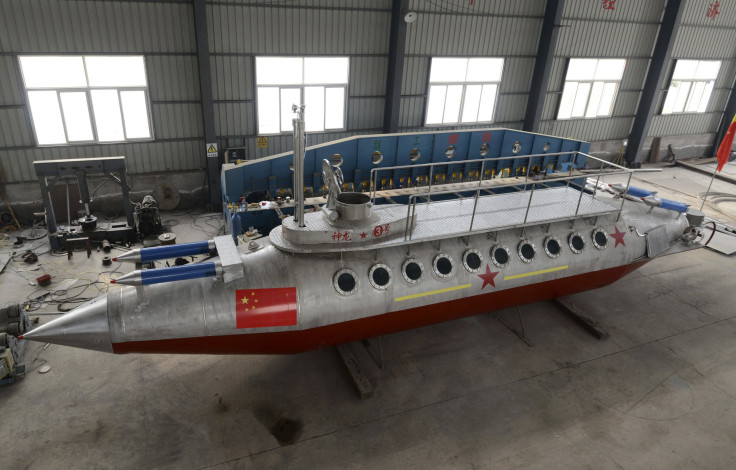Octopus-Inspired Submarine Developed By Southampton Scientists; Fastest Underwater Vehicle Ever

Scientists from Southampton have developed an underwater vehicle that has been inspired by the octopus for moving in a smoother and faster way in the waters. The scientists said that the vehicle could lead to the revolution in sea passenger travel and could be the fastest underwater vehicle ever.
According to BBC News, the underwater vehicle's acceleration was equal to that of a car which goes from 0 to 60 miles per hour in just one second. Dr Gabriel Weymouth is the lead author of the study as well as a lecturer for the Department of Engineering and the Environment at the University of Southampton. He said that the submarine had to travel for miles to reach full speed.
The project was managed by a team of scientists at the University of Southampton. They said that the speed that the vehicle achieved was not equalled in underwater vehicles that were man-made.
The octopus-inspired vehicle inflated with water and rapidly deflated by letting the water out through the base, similar to how the octopus goes it. The team from the University of Southampton was working towards creating a remote-controlled prototype, made with the help of a 3D printed skeleton and had no moving parts, but had just a thin outer hull which was elastic in nature.
According to Weymouth, underwater exploration in environments with coral reefs was difficult as well as dangerous because vehicles that were usually used were unwieldy. He explained that man-made vehicles were designed to be streamlined and that none of the vehicles could achieve acceleration of 0.1g, though they had mechanical complexity.
The goal for the future was to develop vehicles so that they could be used for underwater exploration. By using this method of propulsion, the vehicles would manoeuvre around obstacles like coral reefs with ease.
Weymouth explained that robots had the ability to deform its shape and could improve the manoeuvring speed and would also help in the faster interaction of man-made vehicles with the environment. He said that the application of this method of propulsion could help create vehicles that are faster than floating vessels like ferries.
To report problems or to leave feedback about this article, e-mail: afza.kandrikar@gmail.com.





















